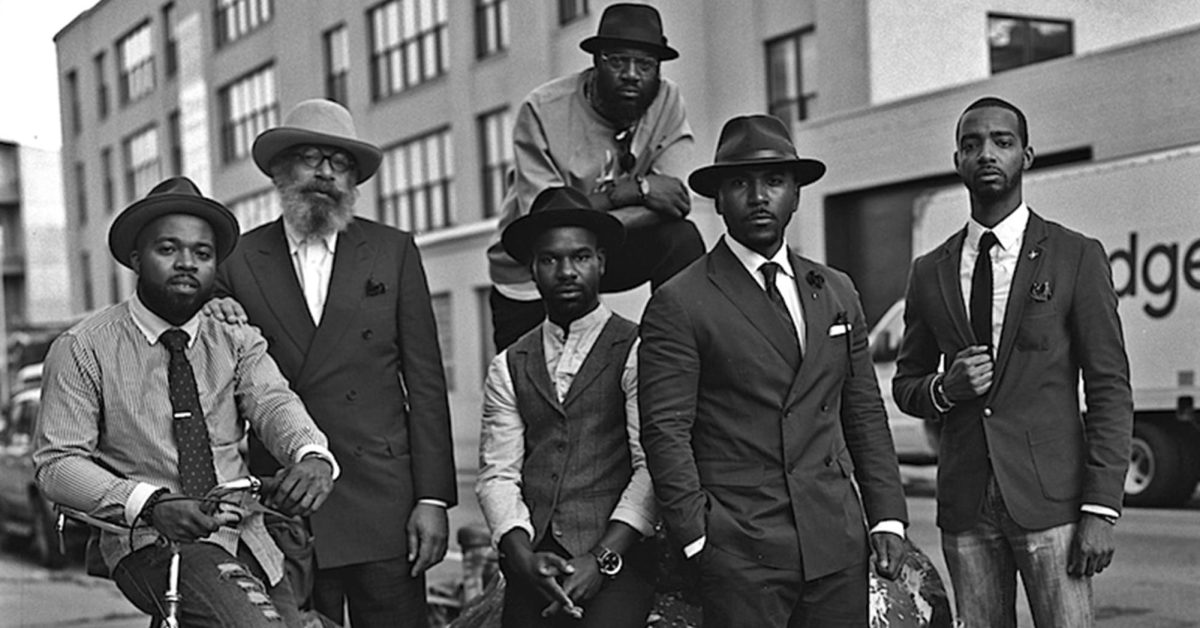In the aftermath of the 2024 election, false information and media bias are more prevalent and dangerous than ever. The rise of social media over the past decade has fueled rampant misinformation, making quality journalism and reliable sources more important than ever.
“There are more fake news sites posing as legitimate local news in the United States than there are legitimate local news sites,” journalist Steven Brill reported to CBS News. “I have a real fear that one way or another, regardless of the outcome, the chaos, disbelief, and anger that will prevail on Nov. 6, the day after the election, will put our country to the test.”
Not only is misinformation incredibly popular, as Brill stated, but it also spreads faster than the truth because it often seems more engaging than factual reporting.
A 2018 study by the American Association for the Advancement of Science (AAAS) found that “tweets containing falsehoods reach 1,500 people on Twitter six times faster than truthful tweets.”
But you don’t have to be a victim.
Start by avoiding social media as your primary news source. Platforms like Instagram, X (formerly Twitter), and TikTok are convenient but unreliable for news. Despite their efforts, these platforms do not effectively prevent the spread of misinformation.
“Part of the problem is that most platforms don’t require posters to identify themselves before spreading information. Nor, for that matter, do the platforms verify whether the information being shared is accurate,” according to the Kellogg School of Management at Northwestern University. “Knowing this, individuals and organizations often design propaganda to spread across platforms before its origins are determined.”
Instead, seek news from multiple sources to counter media bias.
Different news organizations often emphasize different aspects of the same story, shaping the public’s perception. For example, during the 2016 election, when President-elect Donald Trump nominated Jeff Sessions for attorney general, both CNN and The Intercept covered the story, but with contrasting approaches.
CNN’s headline read, “Trump picks Sessions for attorney general,” while The Intercept ran, “Career racist Jeff Sessions is Donald Trump’s pick for attorney general.” These starkly different angles highlight how various outlets can frame the same event to fit their own biases.
As news consumers, we must be aware of our own biases and the biases within the media we consume. By diversifying our news sources and questioning what we see, we can reclaim control from biased sources. In a time when facts often seem drowned out by falsehoods and fiction, taking the extra time to verify, reflect and question is essential to safeguarding the truth.
But the bleakness of the news cycle is not a reason to be defeated. Now more than ever, seeking and demanding good journalism is vital. If you don’t want false news and misinformation to run rampant, stop clicking on it. Don’t pander to those who want to hide the truth because it may be too hard to swallow.









